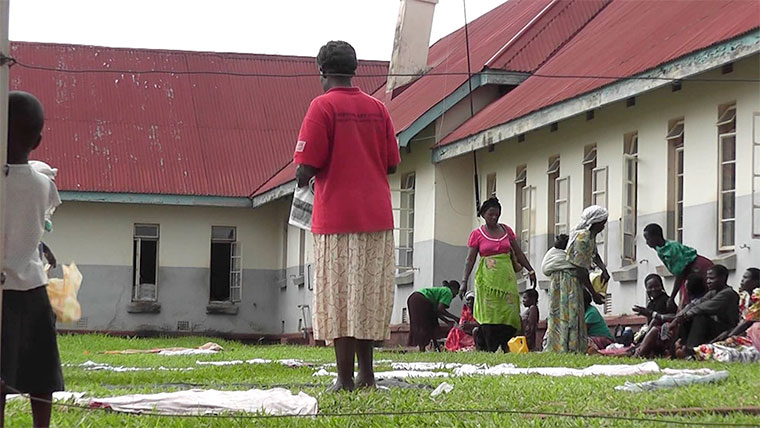Diabetes is a disorder of metabolism — the way our bodies use digested food for growth and energy. Most of the food we eat is broken down into glucose, the form of sugar in the blood. Glucose is the main source of fuel for the body.
Check also: 4 major causes of cancer
When we eat, the pancreas automatically produces the right amount of insulin to move glucose from blood into our cells. In people with diabetes, however, the pancreas either produces little or no insulin, or the cells do not respond appropriately to the insulin that is produced. Glucose builds up in the blood, overflows into the urine, and passes out of the body. Thus, the body loses its main source of fuel even though the blood contains large amounts of sugar.
Type 1 Diabetes:
Type 1 is an autoimmune disease. An autoimmune disease results when the body’s system for fighting infection (the immune system) turns against a part of the body. In diabetes, the immune system attacks the insulin-producing beta cells in the pancreas and destroys them. The pancreas then produces little or no insulin, person who has type 1 must take insulin daily in order to live.
At present, scientists do not know exactly what causes the body’s immune system to attack the beta cells, but they believe that autoimmune, genetic, and environmental factors, possibly viruses, are involved. Type 1 accounts for about 5 to 10% of diagnosed diabetes in the United States. It develops most often in children and young adults, but can appear at any age.
Type 2 Diabetes:
The most well-known kind of diabetes is type 2. The biggest number of people Approximately 89 to 95% with diabetes have type 2. This form of diabetes mostly affects people of older age, family history of diabetes, Obesity, Physical inactivity, Ethnicity and previous history of gestational diabetes. Approximately 80% of people with type 2 are overweight.
Type 2 is increasingly being identified in children and adolescents. Approximately 3,700 teenagers under the age of 20 were identified with diabetes basing on the data of the year 2002-2003.
When type 2 is diagnosed, the pancreas normally produces enough insulin, but for unknown reasons, the body cannot use the insulin effectively, a condition called insulin resistance. After several years, insulin production reduces. The result is the same as for type 1 – glucose builds up in the blood and the body can’t make efficient use of its main source of fuel.
The symptoms of type 2 develop slowly. Their start is not as sudden as in type 1 diabetes. Symptoms might include fatigue or nausea, frequent urination, unusual thirst, weight loss, blurred vision, frequent infections, and slow healing of wounds or sores. Some people have no related symptoms.
Check also;
- These 10 Foods Will Fight Diseases In Your Body
- 25 Deadliest Diseases In Human History
- Facebook Zuckerberg wants to help Cure All Diseases
Please use the button below to contribute to Newslex Point, Inc. using a credit card or via PayPal.

 Newslex Point News in Uganda, Uganda news
Newslex Point News in Uganda, Uganda news












